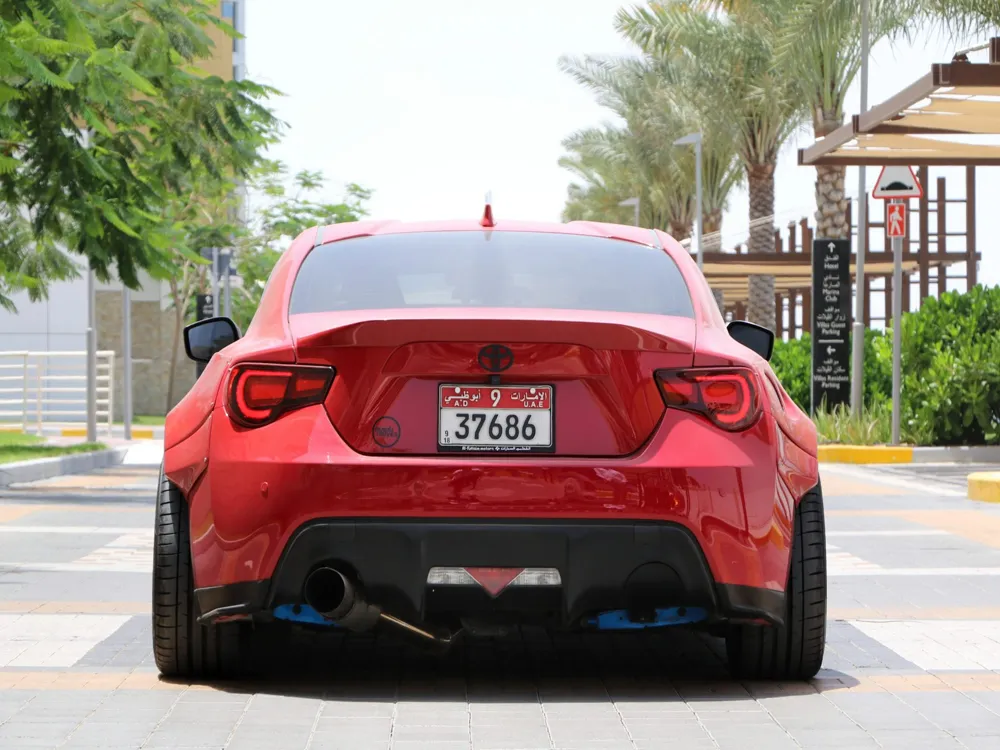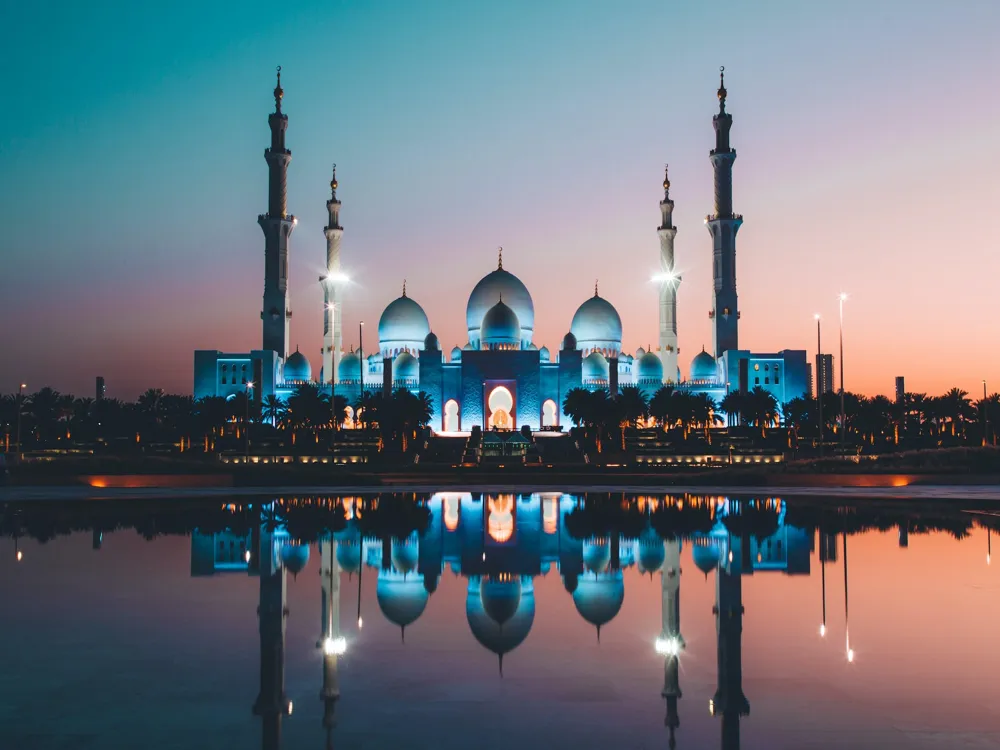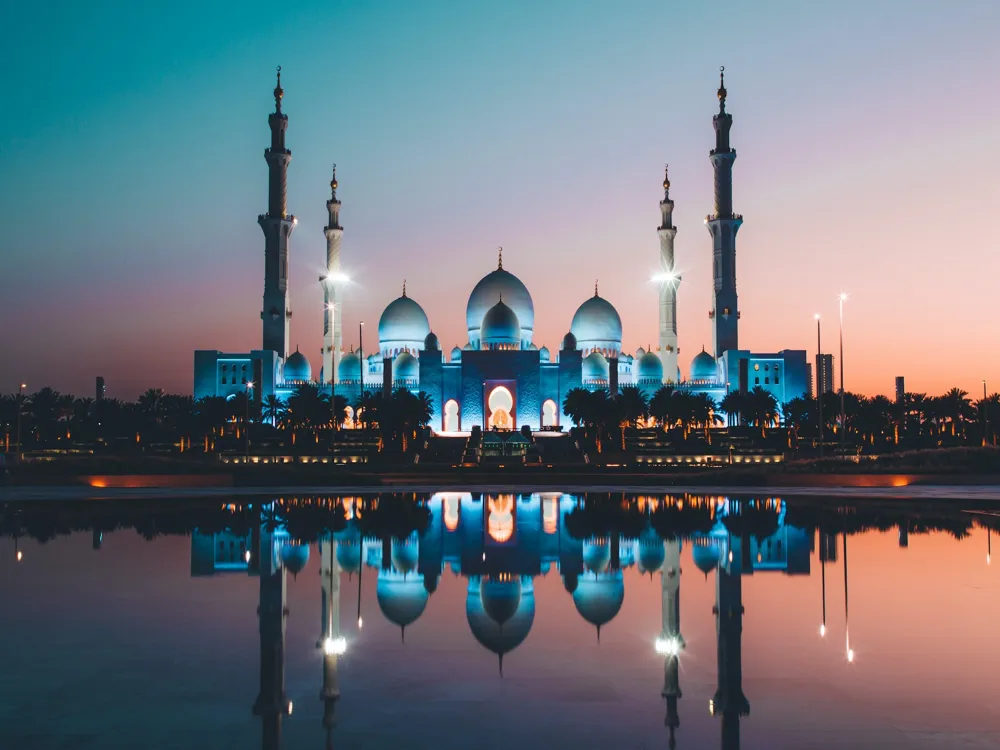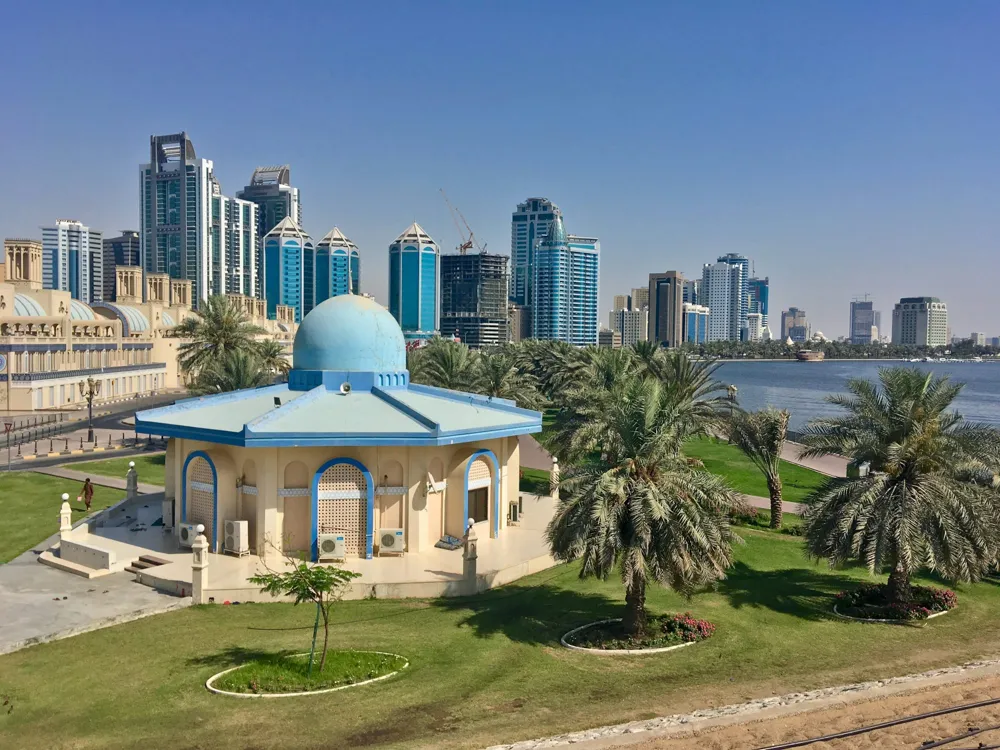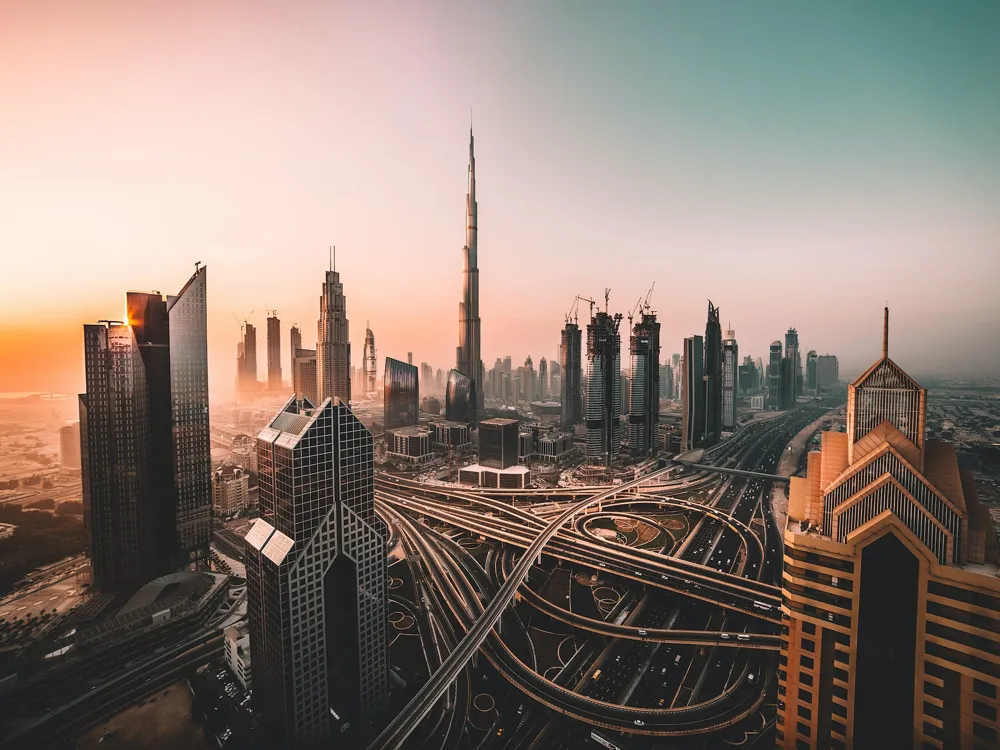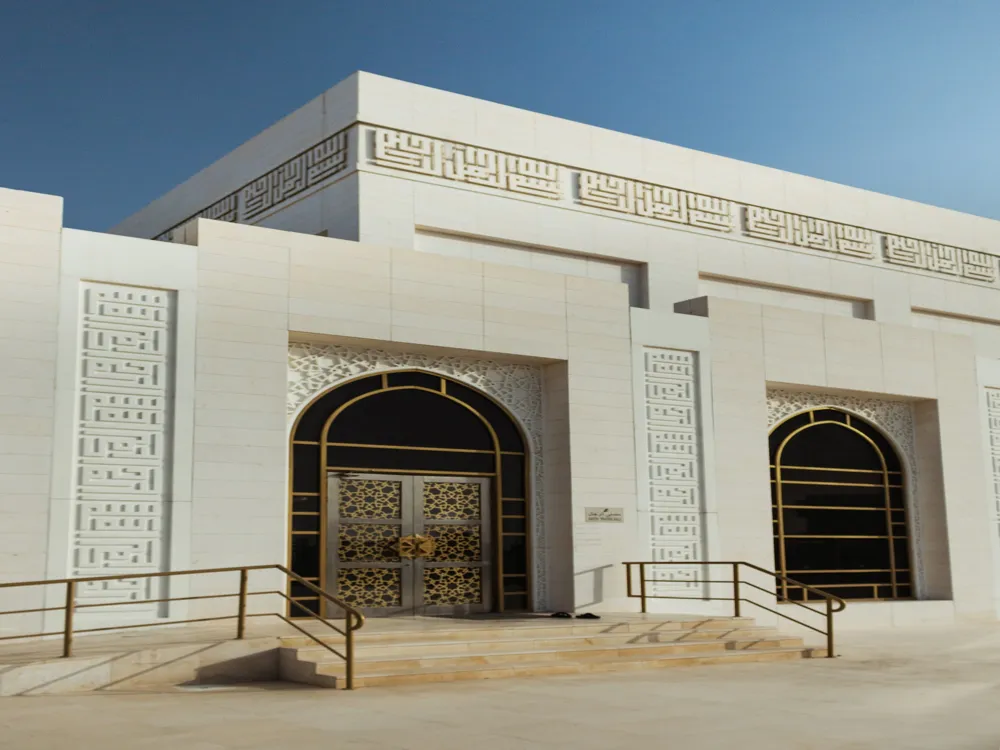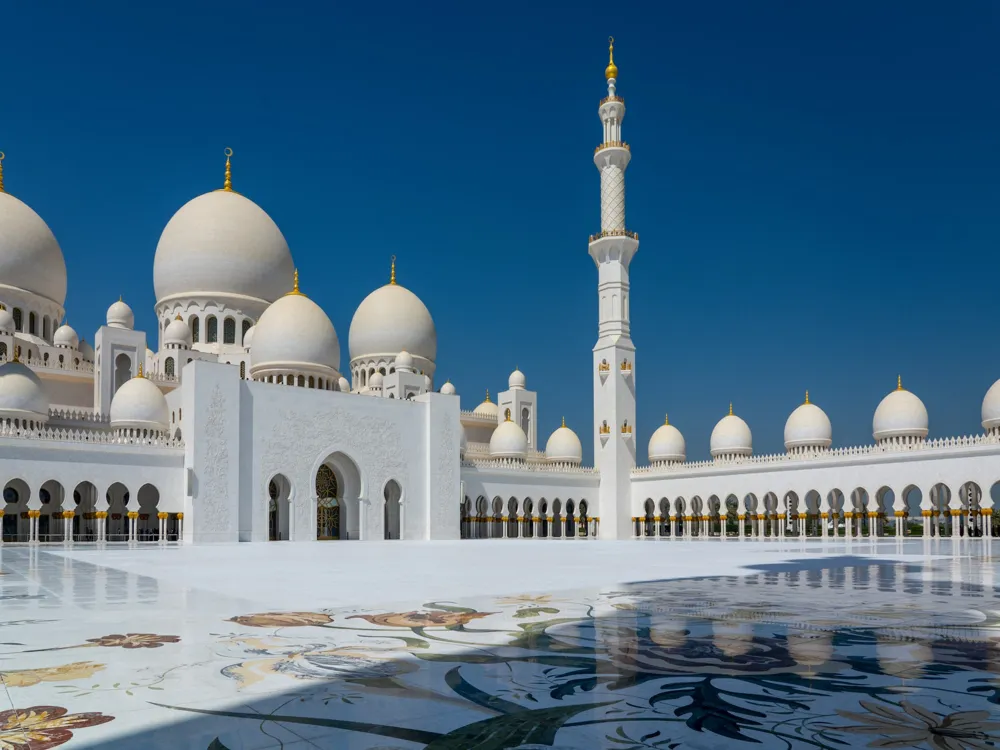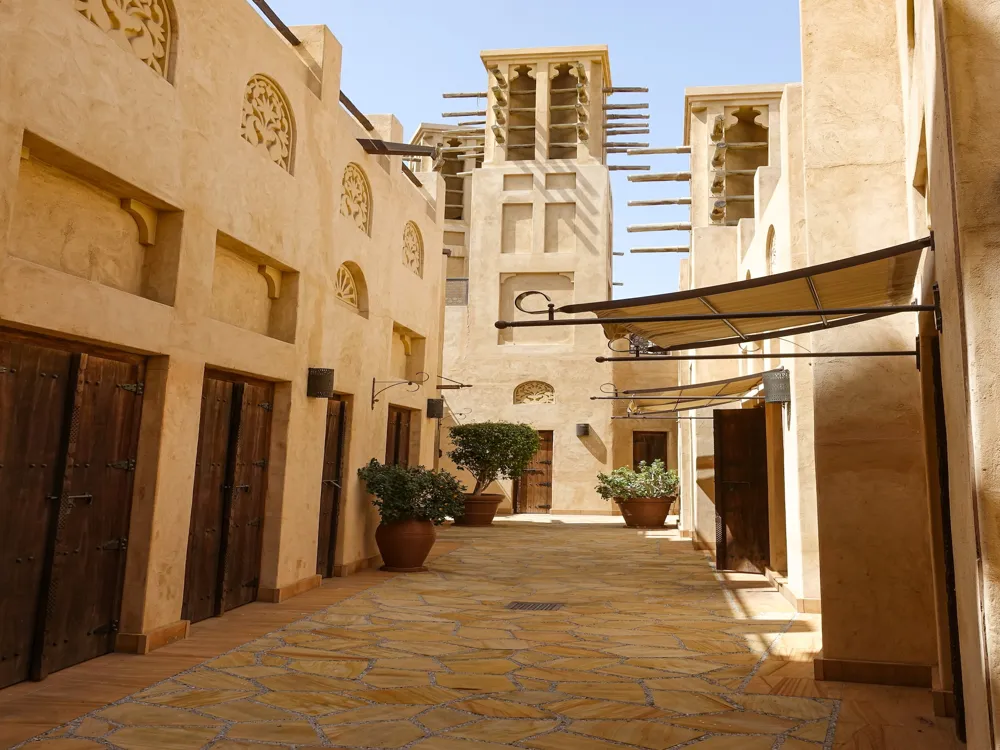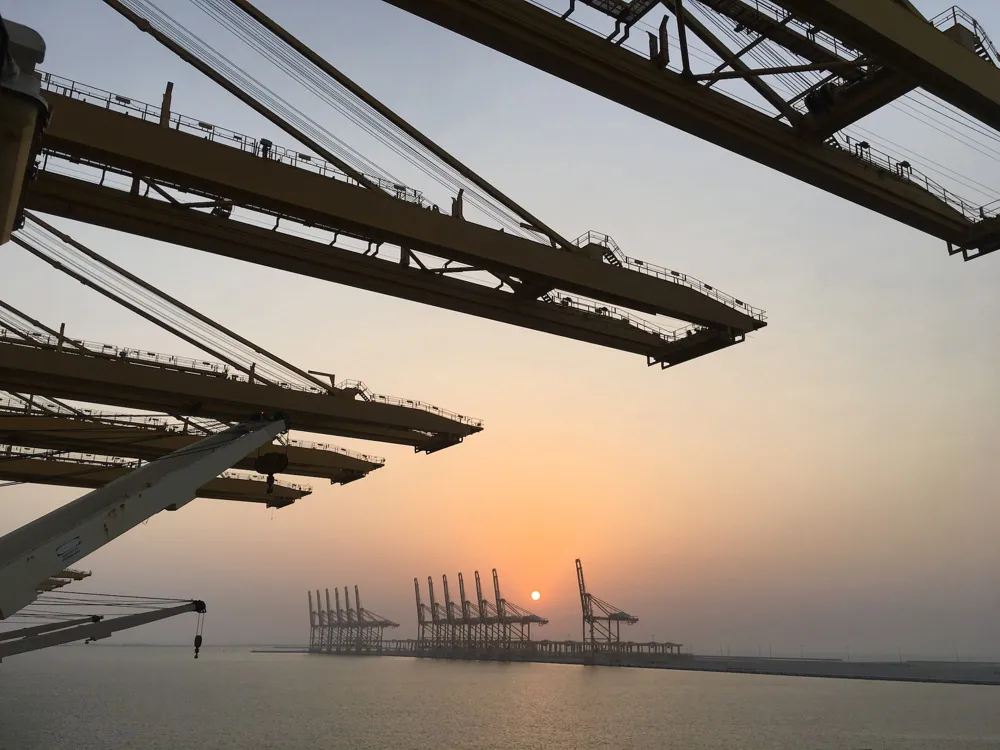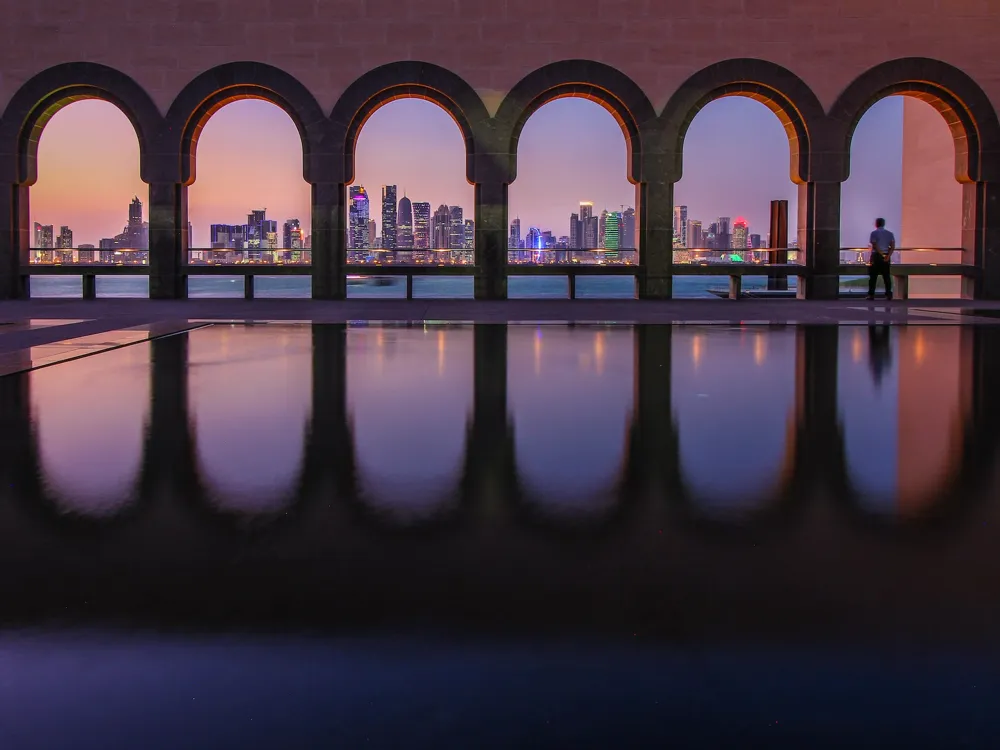Abu Dhabi, the capital city of the United Arab Emirates, is a fascinating blend of tradition and modernity. This sprawling metropolis, located on an island in the Persian Gulf, has grown from a small fishing village to a bustling, cosmopolitan city with a diverse and multicultural population. Abu Dhabi is renowned for its luxurious lifestyle, breathtaking skyscrapers, rich cultural heritage, and vibrant social scene. The city's history dates back to the third millennium BC, and it has since evolved into a dynamic global center. Abu Dhabi's economy is primarily based on oil exports, but the city has been diversifying into sectors like finance, tourism, and real estate. Its streets are lined with opulent hotels, high-end shopping malls, and gourmet restaurants, catering to the tastes of both locals and tourists alike. Abu Dhabi's cultural landscape is as diverse as its population. The city is home to many cultural institutions, including the Louvre Abu Dhabi and the upcoming Guggenheim Abu Dhabi. These establishments, along with local galleries and theaters, contribute to a rich cultural tapestry that blends traditional Arabian culture with global influences. The city also offers a range of outdoor activities. From the tranquil beaches of Saadiyat Island to the exhilarating rides at Ferrari World, there is something for everyone. The city's parks and green spaces, such as the Corniche and Khalifa Park, provide residents and visitors with a serene escape from the hustle and bustle of urban life. In conclusion, Abu Dhabi is a city that prides itself on its ability to blend the old with the new. It's a place where you can explore the rich history of the Arabian Peninsula, enjoy the comforts and conveniences of modern life, and experience a diverse range of cultural activities. Abu Dhabi is a testament to architectural innovation and design. The city's skyline is a mix of traditional Arabic designs and cutting-edge modern architecture, symbolizing its rapid development and the fusion of cultures. Some of the most iconic structures in Abu Dhabi include the Sheikh Zayed Grand Mosque, a masterpiece of modern Islamic architecture, and the Etihad Towers, a complex of five skyscrapers that exemplify modern design. The Sheikh Zayed Grand Mosque, one of the largest mosques in the world, can accommodate over 40,000 worshippers. Its design features 82 domes, over 1,000 columns, 24-carat gold gilded chandeliers, and the world's largest hand-knotted carpet. The mosque's architects drew inspiration from Persian, Mughal, and Moorish mosque architecture, creating a breathtaking blend of architectural styles. On the other hand, the Etihad Towers are a symbol of Abu Dhabi's futuristic vision. These towers, ranging from 54 to 75 floors, are used for a variety of purposes, including residential, commercial, and hotel. Their sleek, modern design, featuring curved facades and glass exteriors, represents the city's aspirations toward urban sophistication and elegance. Abu Dhabi also boasts sustainable architecture. Masdar City, a planned city project in Abu Dhabi, is an example of sustainable urban development. It aims to be a hub for clean technology and renewable energy, with buildings designed to reduce energy and water consumption. This initiative reflects Abu Dhabi's commitment to sustainable development and environmental conservation. In conclusion, the architecture of Abu Dhabi is a reflection of its identity as a global city. It embraces its cultural heritage while simultaneously looking toward the future, creating a unique and dynamic urban landscape that is both awe-inspiring and inviting. Abu Dhabi is a Muslim city, and it's important to dress modestly, especially when visiting religious sites. It's advisable to wear loose-fitting clothes that cover the shoulders and knees. In places like beaches or resorts, western-style swimwear is acceptable. The best time to visit Abu Dhabi is between October and April when the weather is cooler. During these months, the city enjoys pleasant temperatures, making it ideal for outdoor activities and sightseeing. Respect for local customs and traditions is crucial. Public displays of affection should be avoided, and it's important to ask permission before taking photos of people. During the holy month of Ramadan, eating, drinking, or smoking in public during daylight hours is prohibited. Abu Dhabi has a well-developed transportation system. Taxis are widely available and affordable. For a more local experience, you can use the public bus system. Renting a car is also a popular option, offering flexibility and convenience. Abu Dhabi is accessible by air, sea, and road. The Abu Dhabi International Airport is well-connected to major cities around the world. For those nearby, road trips to Abu Dhabi are common, especially from neighboring countries. The city is also a popular stopover for cruise ships in the Persian Gulf. Regardless of how you choose to arrive, Abu Dhabi welcomes visitors with warmth and hospitality, making it a memorable destination for all who visit. Read More:Overview of Abu Dhabi
Architecture of Abu Dhabi
Tips When Visiting Abu Dhabi
Dress Code
Best Time to Visit
Local Customs and Etiquette
Transportation
How To Reach Abu Dhabi
Khalidiyah Mall
Abu Dhabi
₹ 23,000 onwards
View abu-dhabi Packages
Weather :
Tags : Shopping
Timings :
Sunday to Wednesday: 10:00 AM to 10:00 PM
Thursday to Saturday: 10:00 AM to 11:00 PM
Planning a Trip? Ask Your Question
Abu-dhabi Travel Packages
View All Packages For Abu-dhabi
Top Hotel Collections for Abu-dhabi

Private Pool

Luxury Hotels

5-Star Hotels

Pet Friendly
Top Hotels Near Abu-dhabi
Other Top Ranking Places In Abu-dhabi
View All Places To Visit In abu-dhabi
View abu-dhabi Packages
Weather :
Tags : Shopping
Timings :
Sunday to Wednesday: 10:00 AM to 10:00 PM
Thursday to Saturday: 10:00 AM to 11:00 PM
Planning a Trip? Ask Your Question
Abu-dhabi Travel Packages
View All Packages For Abu-dhabi
Top Hotel Collections for Abu-dhabi

Private Pool

Luxury Hotels

5-Star Hotels

Pet Friendly




